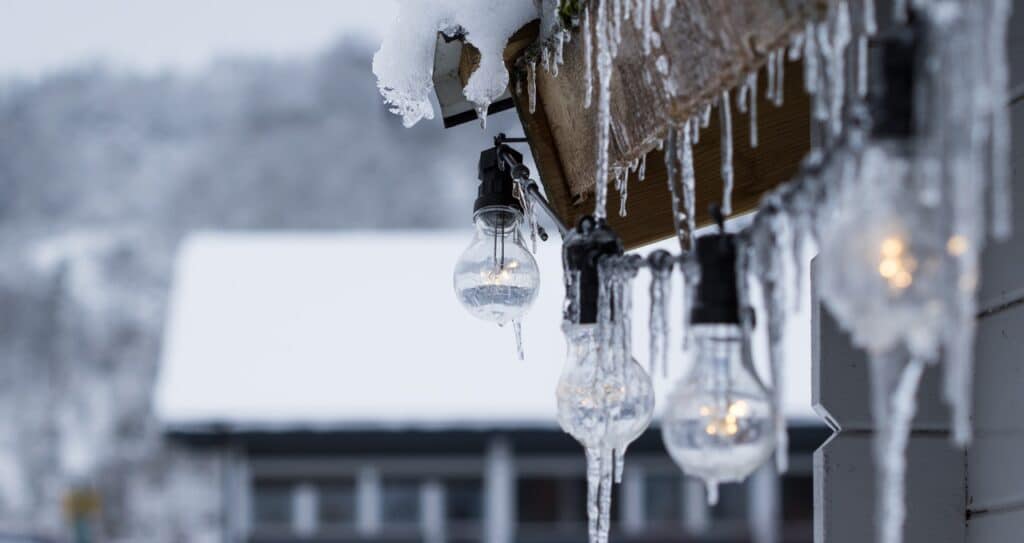One of the major risks of natural gas wellheads is freeze-off, which is when freezing temperatures cause a buildup of ice that blocks the flow. Water and other liquids in the gas can freeze in cold temperatures. This can cause major reductions in natural gas production. That, in turn, can lead to power outages affecting millions of customers.
There are methods to protect wellheads. However, areas that experience infrequent but dramatic cold weather may lack the infrastructure and are especially vulnerable to this breakdown. In fact, we saw this very thing happen in Texas during the late winter of 2021. Texas relies on natural gas more than any other fuel, but the freezing temperatures halved natural gas production from 22.5 billion cubic feet per day in December to between 10 and 12 billion cubic feet of gas per day during the peak of the crisis in February, 2021, according to BTU Analytics.
This production drop-off was caused by the freeze-offs occurring at wellheads where oil and gas are pumped out of the ground. The cold temperatures also damaged the equipment at processing plants, where gas is separated from fluid and impurities.
But Texas is not a unique case – interruptions like this happen every year in the US and will continue to occur as winters get colder and wellhead production fields are left vulnerable without the proper infrastructure.
A Solution to Avoiding Freeze-off
One solution maintainers are considering to winterize wellheads are solid oxide fuel cells (SOFCs), which are uniquely designed to withstand freezing temperatures. Adaptive Energy is the world’s leading designer and manufacturer of low-watt SOFCs for backup and offgrid power,. Our Performer Series P250i SOFC, combined with a thermostatically controlled electric wellhead heater, can ensure protection of wellheads from the cold.
The P250i is a drop-in addition to existing infrastructure that can add security to wellheads up to -35C. Powered from an auxiliary fuel supply (propane), this unit has three major benefits:
- The P250i does not need to run off of pipeline gas, ensuring it won’t be impacted if the flow of oil or gas is interrupted due to cold;
- It can sit on standby for months or even years, only turning on when temperatures drop below a programmable limit;
- Has a small footprint and can be isolated from other systems as necessary.
The P250i At Work
The P250i is already in use across industries to protect against freezing temperatures. For example, extreme cold and low sunlight were causing frequent outages of the Federal Aviation Administration’s (FAA) weather camera stations in Alaska. These weather cameras along busy and critical routes are the only visual weather aid pilots have in Alaska.
However, with frequent power outages caused by harsh winter weather, the FAA needed reliable backup power that would keep the cameras up even in the harshest weather. And they turned to our P250i SOFC to do exactly this.
While other technologies fail in Alaska’s extreme cold, the P250i excels because it is engineered to store, start and operate in temperatures from -40°C to 50°C. It produces no liquid water and is constructed of heat-resistant ceramic tubes that will not freeze. The system runs on propane, and unlike diesel it doesn’t degrade over time, can be stable for 10-30 years and won’t freeze until -44°C.
Wellhead maintainers need to be looking at methods like this to improve infrastructure to avoid future disasters, and that includes winterizing wellheads against potential freezing temperatures. Protecting wellheads is vital in preventing everything from minor delays to major disasters.

